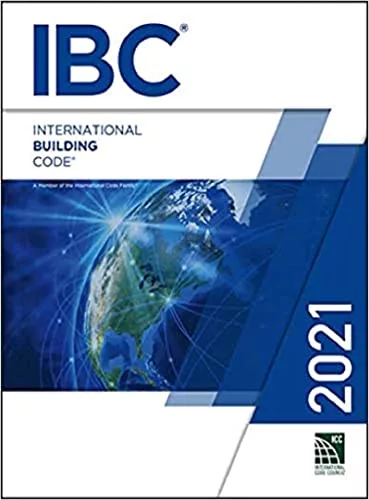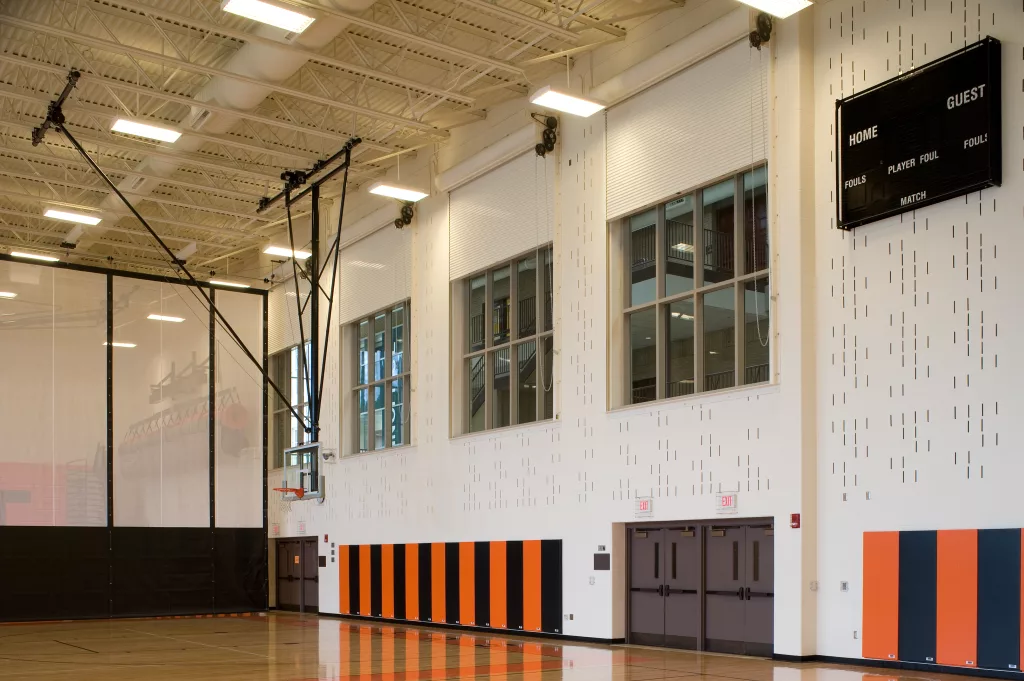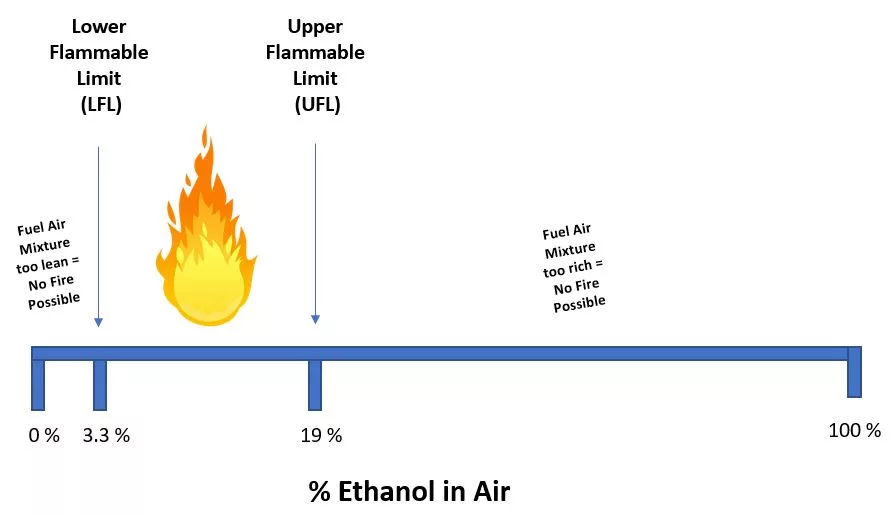
The 2021 and newer editions of the IBC (International Building Code) involved major changes affecting the design of distilleries. Jurisdictions adopt different editions at varying times. Many jurisdictions are still utilizing 2018 and earlier codes, but in the coming years, most jurisdictions will begin to adopt 2021 and newer editions. Check with your location jurisdiction […]

There are several instances when you may be required to have a fire resistant wall between two areas or rooms within a building. One of the most common reasons for this would be two different occupancies that require a fire rating between them. For instance, an H-3 (High Hazard) occupancy adjacent to an A-2 (Assembly […]
Automatic fire sprinklers have been in existence for over a century, and since their widespread implementation, have extinguished many fires and saved countless lives. A majority of fires are extinguished in buildings that are designed and maintained properly. How Sprinklers Work Sprinkler piping is distributed throughout a building, usually overhead at ceilings, with spray heads […]
What is a distillers process description? This is a written document that clearly describes every step of the process that is involved with making your product. From delivery methods through bottling, it details each step so that someone who may be unfamiliar with the distilling industry (i.e. a fire or building code official) can quickly […]

What is the LFL? The LFL (Lower Flammable Limit) is a concept related to flammability & fire safety. The LFL is defined as : Usually expressed in volume per cent, is the lower end of the concentration range over which a flammable mixture of gas or vapour in air can be ignited at a given […]


